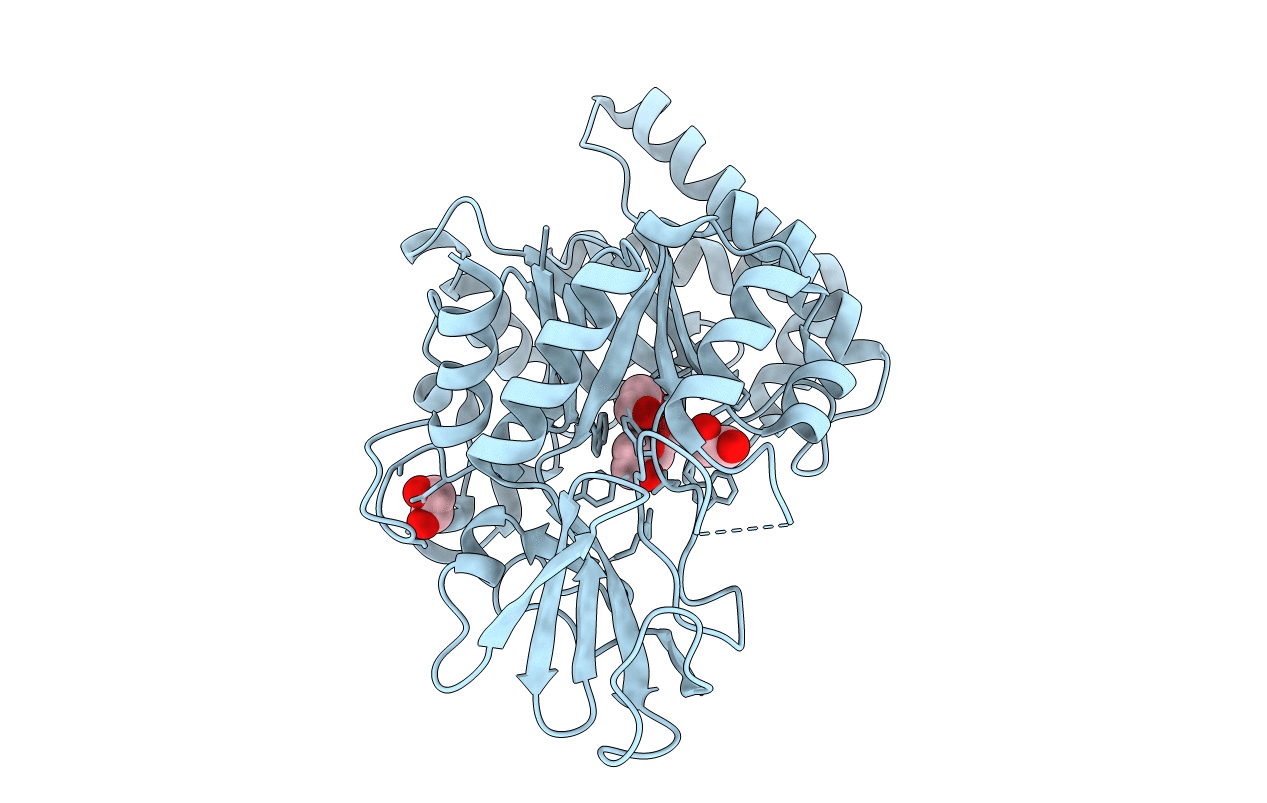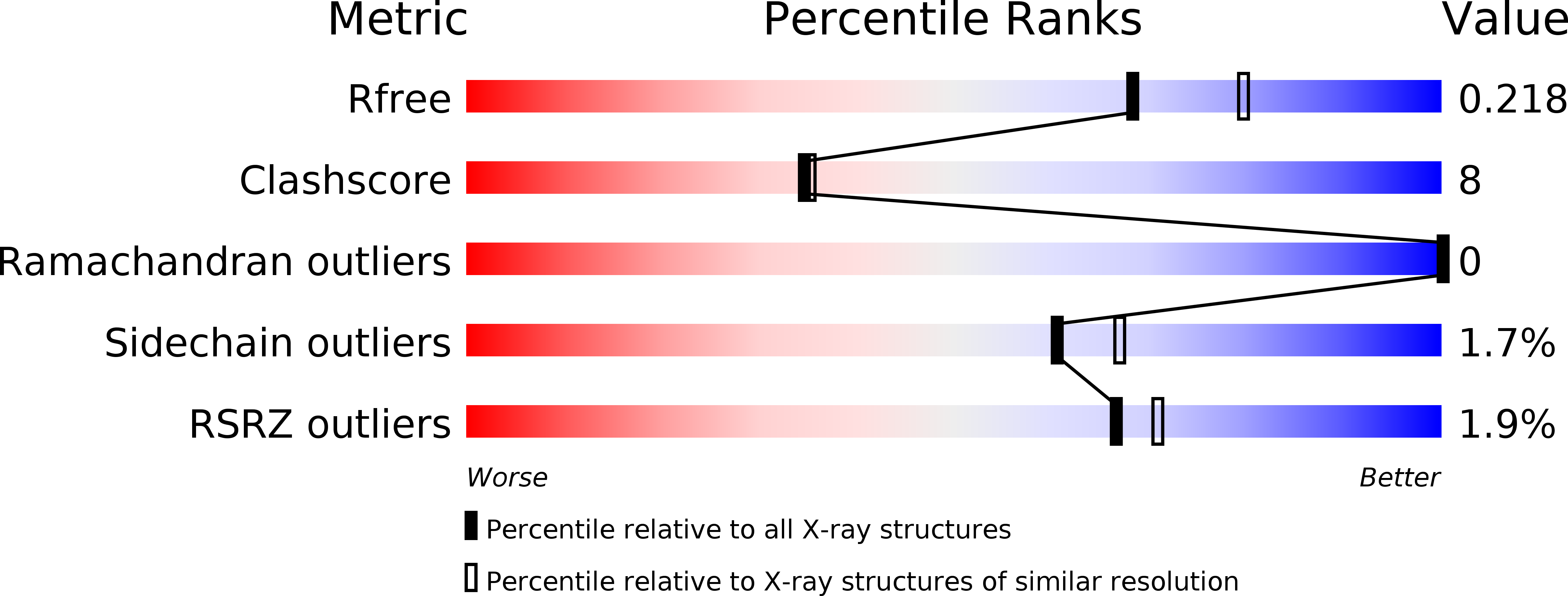
Deposition Date
2002-04-14
Release Date
2002-09-18
Last Version Date
2024-11-13
Entry Detail
PDB ID:
1LG2
Keywords:
Title:
CRYSTAL STRUCTURE OF HUMAN CHITOTRIOSIDASE IN COMPLEX WITH ETHYLENE GLYCOL
Biological Source:
Source Organism:
Homo sapiens (Taxon ID: 9606)
Host Organism:
Method Details:
Experimental Method:
Resolution:
2.10 Å
R-Value Free:
0.22
R-Value Work:
0.19
R-Value Observed:
0.19
Space Group:
P 1 21 1


